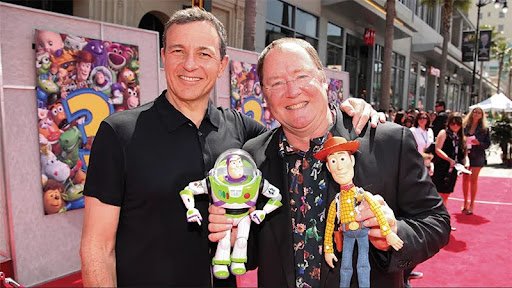How Disney Got its Magic Back ✨
What business are you in?
I’m fascinated by the search for understanding how and why organizations thrive. What drives their economic engine? And what practical insights can we can apply to our leadership?
The more I study organizations and leaders, the more I see that each organization has different natural strengths.
The answer to the question “What business are you in?” is typically answered with something along the lines of “what we do” or “what industry we are in.”
We are in the business of saving lives.
We are in the business of educating children.
We are in the business of fighting injustice.
We are in the business of advising clients.
But I’d like to suggest there is a more profound lesson here than what you do or what sector you are in.
Understanding What Drives Your Organization
Underneath every organization’s purpose is what I call its “core driver” – a small subset of everything it does that ultimately drives the health and vitality of the organization.
These core drivers are often not the surface-level outcomes you might think of, like “we get results X or Y or Z.” Outcomes are often lagging indicators of doing your core driver well.
Let me illustrate with a story from the world of business. Specifically how, in the late 2000s, Disney came back from a near-decade of faltering relevance, refocused on its core driver, and turned the company around.
How Disney Got the Magic Back
As I’ve gotten older, I’ve grown to appreciate the power of biographies. Of insight into unique individuals and unique times in history. Of what we can learn from those who have gone before. Books like Leonardo da Vinci and Steve Jobs by Walter Isaacson, Brand Luther by Andrew Pettegree, and Brunelleschi’s Dome by Ross King.
I read fewer autobiographies, but a favorite is The Ride of a Lifetime by Robert Iger and Joel Lovell. The book chronicles Iger’s life and 45-year career with the Walt Disney Company, including fascinating insights into leadership of one of the world’s most prominent companies.
Bob Iger served as his first turn as CEO of the Walt Disney Company from 2005 to 2020, presiding over one of the most successful turnarounds of all time. The turnaround reinvigorated a company that had lost the magic that had defined it. In doing so, Iger helped to grow the company to a worldwide behemoth. (Note: In 2022, Bob recently stepped back in as CEO as the company has struggled the last couple of years – that’s a story for another time!)
During his tenure as CEO, Bob was known for making bold moves – acquiring Pixar and reinvigorating its creative core, buying Marvel, Lucasfilm/Star Wars, and 21st Century Fox, developing major theme park expansions and opening Shanghai Disneyland, and leading the company in a massive transition to digital streaming with Disney+.
But what is lost in these stories of big corporate acquisitions is why he set out on that path in the first place. Iger wrote about his rationale in Chapter 9, titled “Disney-Pixar and a New Path to the Future.”
Disney and Charting a New Path to the Future
In 2005, as Iger assumed leadership of the company, Disney was not in good shape. The company had struggled for nearly a decade. Iger knew he needed to turn around the company and didn’t have much time. As an internal candidate for the role, many thought he wouldn’t last. Several board members had opposed his appointment. He wasn’t exactly coming in with resounding support.
A few weeks before assuming the role, Iger described a pivotal moment of insight:
I recalled a moment from just a few weeks earlier, at the opening of Hong Kong Disneyland. It was the last big event Michael [Eisner] presided over as CEO and several of us had traveled over to Hong Kong for the opening ceremonies, which took place on a blinding 95-degree afternoon.
Tom Staggs, Dick Cook, and I were standing together as the opening parade came down Main Street. Float after float passed by us. There were floats carrying characters from Walt’s legendary films – Snow White, Cinderella, Peter Pan, and so on. And others with characters from the big hits of Michael’s first decade - The Little Mermaid, Beauty and the Beast, Aladdin, and the Lion King. And there were floats with characters from the Pixar Films – Toy Story and Monsters Inc and Finding Nemo.
I turned to Tom and Dick and asked, “Do you notice anything about this parade?” Nothing stood out to them. “There are barely any Disney characters from the last ten years,” I said.
We could spend months analyzing what had gone wrong, but there it was, right in front of us. The movies weren’t good. Which meant the characters weren’t popular or memorable. And that had significant ramifications for our business and our brand.
Disney was founded on creativity, inventive storytelling, and great animation, and very little of our recent films lived up to our storied past.
There it was. Disney had a million problems, but at the end of the day, the core issue was that the heart of Disney’s business – Disney Animation, had lost the magic.
He summed it up well:
As animation goes, so goes the company. In so many respects, Disney Animation was the brand. It was the fuel that powered many of our other businesses, including consumer products, television, and theme parks, and over the last ten years, the brand had suffered a lot.
Animation was the core driver for everything at Disney. He knew what he needed to focus on. Iger’s core priority as a leader to turn the organization around was to fix Disney Animation.
After weighing his options, he and the board ultimately decided that the best way to reinvigorate Disney Animation was to acquire Pixar Animation and infuse that talent and leadership into the company. It’s a fascinating story I won’t take the time to tell here, but if you’d like to learn more, here are a couple of articles:
CNBC: How Bob Iger convinced Steve Jobs to sell Pixar to Disney
Variety: Disney’s Pixar Acquisition: Bob Iger’s Bold Move That Reanimated a Studio
Ultimately, the acquisition was the first decision among many to reinvigorate Disney Animation that worked.
Above: In 2006, understanding that Disney’s core driver was animation and that they had lost the magic, Bob Iger made the bold decision to acquire Pixar and infuse magic back into Disney Animation, turning the company’s fortunes around in the process.
By refocusing on its core driver of animation, Disney ultimately ended up thriving in other areas, such as consumer products, theme parks, cruise ships, and other massive cinematic hits with Marvel and Lucasfilm.
What’s Your Core Driver?
Think about your organization for a moment.
What drives your organization? Not your end outcomes – of all that you do, what is it at the core that drives everything else?
An example from the world of nonprofits, World Vision experienced a prolonged period of massive growth from the 1980s into the 2000s. Having talked to leaders involved throughout that period, the core driver for World Vision was child sponsorship. The organization understood that sponsorship was its core driver. Its focus on keeping the “magic” of sponsorship in focus fueled the organization’s growth and ability to accomplish its mission for decades.
Giving a business example, for Imago Consulting, our core driver is insights – it’s helping leaders to see the lessons and trends they can apply to their “business” to grow through sustainable innovation.
How about you? What is your core driver? Do you know? And, if you are experiencing a period of stagnation or decline, are you focused on what really drives your organization?
Until next week… Surfs Up! 🌊
- Dave
About the Author | Dave Raley
Consultant, speaker, and writer Dave Raley is the founder of Imago Consulting, a firm that helps non-profits and businesses create profitable growth through sustainable innovation. He’s the author of a weekly trendspotting report called The Wave Report, and the co-founder of the Purpose & Profit Podcast — a show about the ideas at the intersection of nonprofit causes and for-profit brands.
Want to receive insights like this weekly?
Every Friday, we send out The Wave Report, highlighting one trend or insight “wave,” from donor and consumer trends to innovation in different industries or new models for growth.
Subscribe today to receive free weekly insights in your inbox here:

